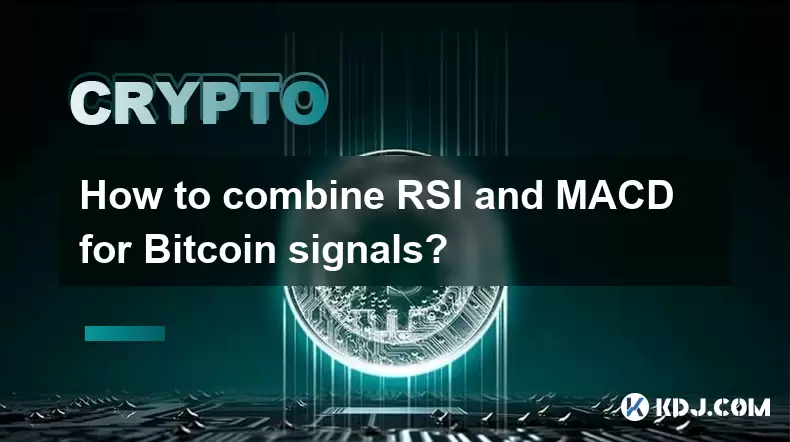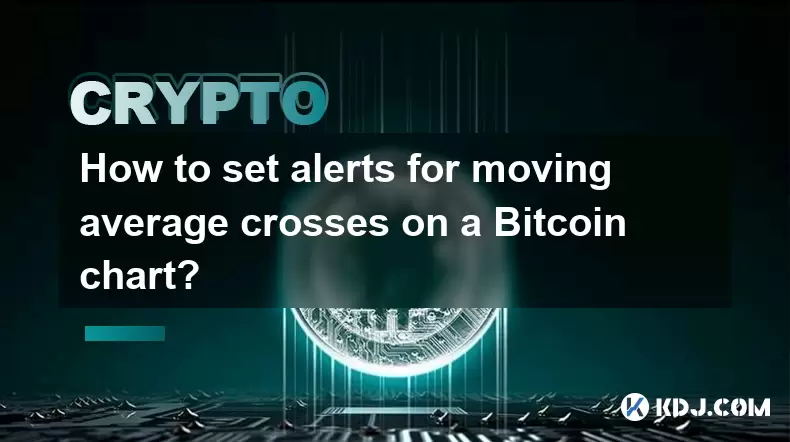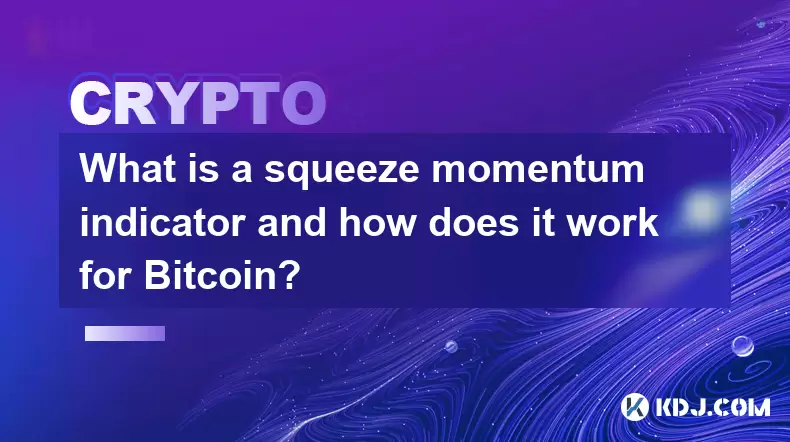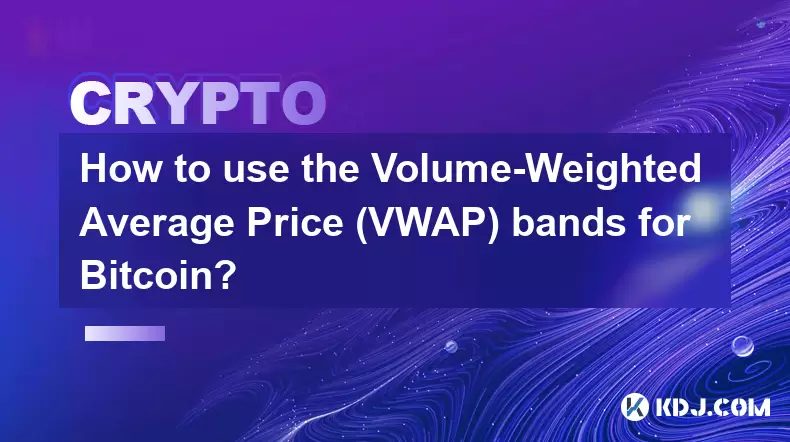-
 Bitcoin
Bitcoin $108,017.2353
-0.81% -
 Ethereum
Ethereum $2,512.4118
-1.58% -
 Tether USDt
Tether USDt $1.0002
-0.03% -
 XRP
XRP $2.2174
-1.03% -
 BNB
BNB $654.8304
-0.79% -
 Solana
Solana $147.9384
-1.76% -
 USDC
USDC $1.0000
-0.01% -
 TRON
TRON $0.2841
-0.76% -
 Dogecoin
Dogecoin $0.1636
-2.09% -
 Cardano
Cardano $0.5726
-1.72% -
 Hyperliquid
Hyperliquid $39.1934
1.09% -
 Sui
Sui $2.9091
-0.59% -
 Bitcoin Cash
Bitcoin Cash $482.1305
0.00% -
 Chainlink
Chainlink $13.1729
-1.54% -
 UNUS SED LEO
UNUS SED LEO $9.0243
-0.18% -
 Avalanche
Avalanche $17.8018
-1.90% -
 Stellar
Stellar $0.2363
-1.69% -
 Toncoin
Toncoin $2.7388
-3.03% -
 Shiba Inu
Shiba Inu $0.0...01141
-1.71% -
 Litecoin
Litecoin $86.3646
-1.98% -
 Hedera
Hedera $0.1546
-0.80% -
 Monero
Monero $311.8554
-1.96% -
 Dai
Dai $1.0000
-0.01% -
 Polkadot
Polkadot $3.3473
-2.69% -
 Ethena USDe
Ethena USDe $1.0001
-0.01% -
 Bitget Token
Bitget Token $4.3982
-1.56% -
 Uniswap
Uniswap $6.9541
-5.35% -
 Aave
Aave $271.7716
0.96% -
 Pepe
Pepe $0.0...09662
-1.44% -
 Pi
Pi $0.4609
-4.93%
How to combine RSI and MACD for Bitcoin signals?
Combining RSI and MACD can enhance Bitcoin trading signals by confirming trends, spotting reversals, and improving entry/exit timing.
Jul 05, 2025 at 07:17 pm

Understanding RSI and MACD Indicators in Bitcoin Trading
The Relative Strength Index (RSI) and Moving Average Convergence Divergence (MACD) are two of the most widely used technical indicators in cryptocurrency trading, particularly for analyzing Bitcoin price movements. RSI is a momentum oscillator that measures the speed and change of price movements, typically over a 14-period setting, and fluctuates between 0 and 100. Values above 70 suggest overbought conditions, while values below 30 indicate oversold conditions.
The MACD, on the other hand, consists of three components: the MACD line, the signal line, and the histogram. It helps traders identify potential trend reversals, momentum shifts, and entry/exit points by analyzing the relationship between two moving averages — usually the 12-day and 26-day exponential moving averages (EMA). When combined with RSI, these tools can provide more reliable signals than when used independently.
How to Interpret Overlapping Signals from RSI and MACD
To effectively combine RSI and MACD for Bitcoin trading signals, it's essential to look for confluence or overlapping signals where both indicators align. For example:
- If the RSI drops below 30, indicating an oversold condition, and at the same time the MACD line crosses above the signal line, this could be a strong buy signal.
- Conversely, if the RSI rises above 70, suggesting overbought territory, and the MACD line crosses below the signal line, this may serve as a sell signal.
These dual confirmations help filter out false positives that might occur if only one indicator were used. This method increases the probability of successful trades by ensuring that both momentum and trend-following aspects agree.
Setting Up RSI and MACD on a Bitcoin Chart
Before interpreting signals, it’s crucial to set up both indicators correctly on your trading platform. Most platforms like TradingView, Binance, or MetaTrader allow customization of technical indicators.
For RSI:
- Set the period to 14
- Leave the overbought level at 70
- Leave the oversold level at 30
For MACD:
- Use the default settings of 12, 26, and 9 for the fast EMA, slow EMA, and signal line respectively
- Ensure the histogram is visible to monitor momentum changes
Once applied to the chart, observe how each indicator reacts during different phases of the market. Pay attention to divergences, crossovers, and levels crossing that align across both indicators.
Identifying Bullish and Bearish Divergences with RSI and MACD
Divergence occurs when the price moves in one direction but the indicator moves in the opposite direction, signaling a possible reversal.
Bullish divergence appears when the price makes lower lows, but the RSI or MACD makes higher lows. This suggests weakening bearish momentum and a potential upward reversal.
Bearish divergence happens when the price makes higher highs, but RSI or MACD makes lower highs, indicating diminishing bullish strength and a likely downward shift.
When both RSI and MACD show similar divergence patterns simultaneously, the likelihood of a valid reversal increases significantly. These scenarios are especially powerful in volatile assets like Bitcoin, where rapid directional changes are common.
Executing Trades Based on Combined RSI-MACD Signals
Once you've identified confluence or divergence signals using RSI and MACD, the next step is to execute a trade. Here’s how you can approach this systematically:
- Confirm that RSI has crossed into overbought or oversold territory
- Wait for the MACD line to cross above or below the signal line
- Look for volume confirmation to ensure the move is supported by market participants
- Place a limit order slightly beyond the current candlestick to avoid slippage
- Set a stop-loss just below the recent swing low (for long positions) or above the recent swing high (for short positions)
- Monitor the MACD histogram for signs of momentum fading, which could indicate the need to adjust take-profit levels
By following these steps, traders can better manage risk and improve their win rate when trading Bitcoin based on combined RSI and MACD signals.
Backtesting Your Strategy Using Historical Data
Before applying any strategy in live trading, it’s essential to backtest it using historical data to assess its effectiveness. Many platforms offer built-in backtesting tools or allow integration with third-party software.
To backtest your RSI-MACD strategy:
- Choose a historical Bitcoin chart covering multiple market cycles
- Apply the same RSI and MACD settings used in live trading
- Manually or automatically scan for signal occurrences
- Record the outcomes of each trade — whether profitable or not
- Calculate key metrics such as win rate, risk-reward ratio, and average profit/loss
- Adjust parameters if necessary, but avoid overfitting the model
This process allows traders to refine their strategies without risking real capital and provides insights into how well the combination of RSI and MACD performs under various market conditions.
Frequently Asked Questions
Q: Can I use RSI and MACD for intraday Bitcoin trading?
Yes, both indicators are applicable to intraday trading. However, shorter timeframes (like 5-minute or 15-minute charts) may generate more frequent but less reliable signals. Traders should consider adjusting sensitivity settings and incorporating volume analysis for better accuracy.
Q: What time frame works best for combining RSI and MACD for Bitcoin?
While there's no universally perfect timeframe, many traders find success using the 1-hour or 4-hour charts for swing trading and the 15-minute or 30-minute charts for day trading. The key is consistency in applying the same settings across all timeframes.
Q: Are there alternative indicators that work well with RSI and MACD?
Yes, volume indicators (like OBV), Bollinger Bands, or moving averages can complement RSI and MACD by providing additional context about market structure and liquidity. Combining too many indicators, however, may lead to confusion and indecision.
Q: How do I handle conflicting signals from RSI and MACD?
If RSI indicates overbought conditions but MACD hasn’t confirmed a reversal, it’s advisable to wait for further confirmation before taking action. Conflicting signals often suggest market indecision, so patience and caution are recommended.
Disclaimer:info@kdj.com
The information provided is not trading advice. kdj.com does not assume any responsibility for any investments made based on the information provided in this article. Cryptocurrencies are highly volatile and it is highly recommended that you invest with caution after thorough research!
If you believe that the content used on this website infringes your copyright, please contact us immediately (info@kdj.com) and we will delete it promptly.
- Cryptos in July 2025: Massive Gains or Just Hype?
- 2025-07-05 20:30:13
- Pepe's EVM Layer 2 Meme Coin Mania: What's the Hype?
- 2025-07-05 20:50:12
- Shiba Inu, Dogecoin, and the Crypto Skyrocket: What's Making These Memes Soar?
- 2025-07-05 21:10:12
- Tokenized Stocks: Robinhood, Gemini, and the NYSE Threat
- 2025-07-05 21:10:12
- Altcoin Adventures: Navigating the Pepe Fork Frenzy and Solana's Summer Swings
- 2025-07-05 21:15:12
- Hong Kong's Tokenised Bond Leap: Zero Stamp Duty Sparks Web3 Ambitions
- 2025-07-05 20:30:13
Related knowledge

What is the Woodies CCI indicator and can it be used for Bitcoin?
Jul 04,2025 at 05:14pm
Understanding the Woodies CCI IndicatorThe Woodies CCI indicator is a variation of the traditional Commodity Channel Index (CCI), which was originally developed by Donald Lambert. The standard CCI measures the current price level relative to an average price over a given period, typically 14. However, the Woodies version modifies this calculation to mak...

How to use indicators to trade the opening range breakout for Bitcoin CME futures?
Jul 05,2025 at 07:35pm
What Is the Opening Range Breakout Strategy?The opening range breakout (ORB) strategy is a popular trading technique used in both traditional markets and cryptocurrency futures, particularly for Bitcoin on the CME. This method involves identifying a specific price range formed during the early phase of a trading session and then taking positions when th...

What does a bearish cross on the Stochastic RSI mean for Bitcoin?
Jul 05,2025 at 07:18pm
Understanding the Stochastic RSI IndicatorThe Stochastic RSI (Relative Strength Index) is a momentum oscillator used in technical analysis to identify overbought or oversold conditions in an asset's price. It combines two well-known indicators — the RSI and the Stochastic Oscillator — to provide more nuanced signals than either could alone. The Stochast...

How to set alerts for moving average crosses on a Bitcoin chart?
Jul 05,2025 at 09:21pm
Understanding Moving Average Crosses in Bitcoin TradingMoving average crosses are one of the most commonly used technical indicators among cryptocurrency traders. In the context of Bitcoin, these signals help identify potential trend reversals or confirm ongoing trends. A moving average cross occurs when a short-term moving average (e.g., 9-day EMA) int...

What is a squeeze momentum indicator and how does it work for Bitcoin?
Jul 05,2025 at 07:32pm
Understanding the Squeeze Momentum IndicatorThe Squeeze Momentum Indicator is a technical analysis tool used by traders to identify potential breakout opportunities in financial markets, including cryptocurrencies like Bitcoin. It was developed by John Carter and is widely used among active traders who seek to capture volatility expansions after periods...

How to use the Volume-Weighted Average Price (VWAP) bands for Bitcoin?
Jul 04,2025 at 04:28pm
Understanding the Basics of VWAP BandsThe Volume-Weighted Average Price (VWAP) is a key metric used in trading to determine the average price at which an asset, such as Bitcoin, has traded throughout the day. It takes into account both volume and price, making it more reliable than a simple moving average. VWAP bands are essentially standard deviation c...

What is the Woodies CCI indicator and can it be used for Bitcoin?
Jul 04,2025 at 05:14pm
Understanding the Woodies CCI IndicatorThe Woodies CCI indicator is a variation of the traditional Commodity Channel Index (CCI), which was originally developed by Donald Lambert. The standard CCI measures the current price level relative to an average price over a given period, typically 14. However, the Woodies version modifies this calculation to mak...

How to use indicators to trade the opening range breakout for Bitcoin CME futures?
Jul 05,2025 at 07:35pm
What Is the Opening Range Breakout Strategy?The opening range breakout (ORB) strategy is a popular trading technique used in both traditional markets and cryptocurrency futures, particularly for Bitcoin on the CME. This method involves identifying a specific price range formed during the early phase of a trading session and then taking positions when th...

What does a bearish cross on the Stochastic RSI mean for Bitcoin?
Jul 05,2025 at 07:18pm
Understanding the Stochastic RSI IndicatorThe Stochastic RSI (Relative Strength Index) is a momentum oscillator used in technical analysis to identify overbought or oversold conditions in an asset's price. It combines two well-known indicators — the RSI and the Stochastic Oscillator — to provide more nuanced signals than either could alone. The Stochast...

How to set alerts for moving average crosses on a Bitcoin chart?
Jul 05,2025 at 09:21pm
Understanding Moving Average Crosses in Bitcoin TradingMoving average crosses are one of the most commonly used technical indicators among cryptocurrency traders. In the context of Bitcoin, these signals help identify potential trend reversals or confirm ongoing trends. A moving average cross occurs when a short-term moving average (e.g., 9-day EMA) int...

What is a squeeze momentum indicator and how does it work for Bitcoin?
Jul 05,2025 at 07:32pm
Understanding the Squeeze Momentum IndicatorThe Squeeze Momentum Indicator is a technical analysis tool used by traders to identify potential breakout opportunities in financial markets, including cryptocurrencies like Bitcoin. It was developed by John Carter and is widely used among active traders who seek to capture volatility expansions after periods...

How to use the Volume-Weighted Average Price (VWAP) bands for Bitcoin?
Jul 04,2025 at 04:28pm
Understanding the Basics of VWAP BandsThe Volume-Weighted Average Price (VWAP) is a key metric used in trading to determine the average price at which an asset, such as Bitcoin, has traded throughout the day. It takes into account both volume and price, making it more reliable than a simple moving average. VWAP bands are essentially standard deviation c...
See all articles

























































































